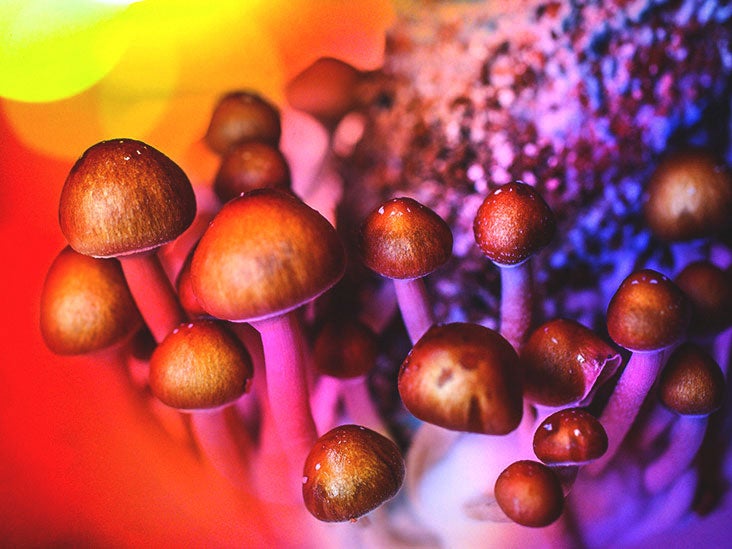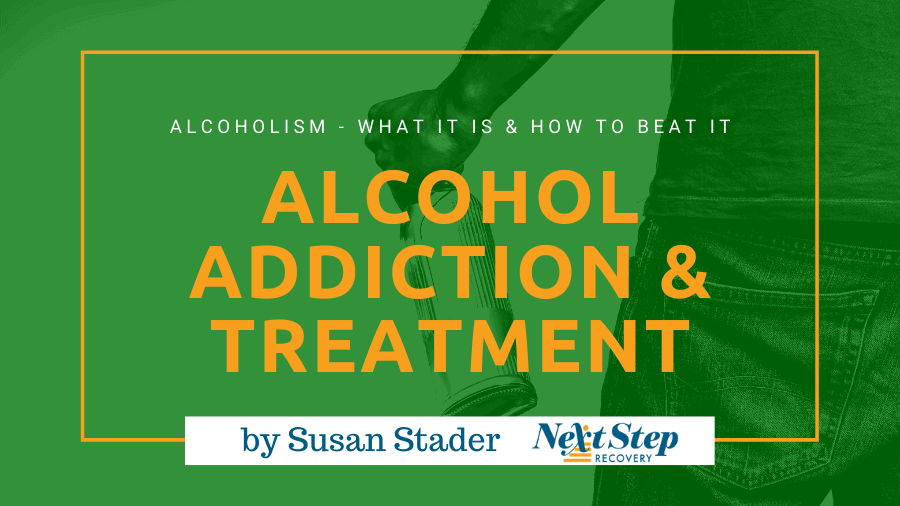Basically, most of our attention is devoted to attaining the objective, not to the objective in and of itself it's everything about the drive to get to the pot of gold at the end, not the pot itself. Generally, most of our attention is devoted to accomplishing the objective, not to the goal in and of itself it's everything about the drive to get to the pot of gold at the end, not the pot itself.-Marc Lewis According to recent advances in dependency neuroscience, there is a "desiring" system (desire) that's primarily independent of the "preference" system.
In the book, I talk about consuming pasta before you eat it, your attention is assembled on getting that food into your mouth. But when it exists, your attention goes in other places; perhaps back to individuals you're dining with or the TELEVISION show you're watching. Just how much attention you pay to the taste of that bite of food is a drop in the container compared to the quantity you invested to get it to your mouth.
The "desiring" part of the brain, called the striatum, underlies various variations of desire (impulsivity, drive, compulsivity, yearning) and the striatum is extremely big, while pleasure itself (the endpoint) inhabits a fairly little part of the brain. Addiction depends on the "desiring" system, so it's got a great deal of brain matter at its disposal.
Drug dependency is a brain illness because the abuse of drugs leads to modifications in the structure and performance of the brain. The initial usage of alcohol or other drugs, for many people, is voluntary. However with time, the changes in the brain triggered by repeated use and abuse can affect an individual's self-control and their capability to make great decisions, and at the very same time send extreme impulses to take drugs.
Similar to other persistent, relapsing diseases, such as diabetes, asthma, or heart illness, drug dependency can be managed successfully. And, similar to other chronic diseases, it is not unusual for an individual to regression and begin abusing drugs again. Relapse, nevertheless, does not signal failurerather, it indicates that treatment needs to be reinstated, changed, or that alternate treatment is required to help the private restore control and recuperate.( Adapted from: http://www.
What Does How Can Family Members Help Drug Addiction Mean?
Drug dependency, likewise called compound usage disorder, is an illness that affects Click for more an individual's brain and habits and causes an inability to control using a legal or illegal drug or medication. Substances such as alcohol, marijuana and nicotine likewise are considered drugs. When you're addicted, you might continue using the drug in spite of the harm it triggers.
For others, particularly with opioids, drug dependency begins with direct exposure to recommended medications, or getting medications from a pal or relative who has been recommended the medication - how to explain drug addiction to a child. The risk of dependency and how quick you end up being addicted differs by drug. Some drugs, such as opioid painkillers, have a greater risk and trigger dependency more rapidly than others.
Quickly you might need the drug just to feel great. As your drug use increases, you may discover that it's increasingly difficult to go without the drug. Attempts to stop drug use may cause extreme cravings and make you feel physically ill (withdrawal signs). You might need assistance from your physician, household, good friends, assistance groups or an orderly treatment program to overcome your drug dependency and remain drug-free.
Possible indicators that your teen or other member of the family is using drugs consist of: frequently missing out on school or work, an unexpected disinterest in school activities or work, or a drop in grades or work performance lack of energy and motivation, weight reduction or gain, or red eyes lack of interest in clothes, grooming or looks exaggerated efforts to bar relative from entering his or her space or being deceptive about where he or she goes with buddies; or extreme changes in behavior and in relationships with household and buddies unexpected requests for money without a sensible explanation; or your discovery that cash is missing or has actually been stolen or that items have vanished from your house, showing possibly they're being offered to support substance abuse Signs and signs of substance abuse or intoxication may vary, depending upon the kind of drug.

People use marijuana by cigarette smoking, eating or breathing in a vaporized type of the drug. Cannabis frequently precedes or is used in addition to other substances, such as alcohol or controlled substances, and is frequently the very first drug attempted (how to help my husband with drug addiction). Signs and symptoms of current use can consist of: A sense of ecstasy or sensation "high" A heightened sense of visual, auditory and taste perception Increased blood pressure and heart rate Red eyes Dry mouth Reduced coordination Problem focusing or remembering Slowed reaction time Stress and anxiety or paranoid thinking Marijuana smell on clothing or yellow fingertips Exaggerated cravings for specific foods at uncommon times Long-lasting (persistent) use is typically associated with: Reduced mental sharpness Poor performance at school or at work Reduced variety of friends and interests Two groups of miracle drugs artificial cannabinoids and replaced or synthetic cathinones are unlawful in a lot of states.
How Do You Prevent Drug Addiction Can Be Fun For Everyone

Synthetic cannabinoids, likewise called K2 or Spice, are sprayed on dried herbs and then smoked, but can be prepared as a natural tea. Regardless of maker claims, these are chemical compounds rather than "natural" or harmless items. These drugs can produce a "high" similar to marijuana and have actually become a popular but dangerous alternative.
Packages are typically identified as other products to avoid detection. In spite of the name, these are not bath products such as Epsom salts. Substituted cathinones can be eaten, snorted, breathed in or injected and are extremely addicting. These drugs can trigger serious intoxication, which leads to unsafe health effects or perhaps death.
They're frequently used and misused in look for a sense of relaxation or a desire to "turn off" https://garrettzzwk457.wordpress.com/2021/03/13/everything-about-where-to-get-help-for-drug-addiction/ or forget stress-related ideas or feelings. Examples consist of phenobarbital and secobarbital (Seconal). Examples include sedatives, such as diazepam (Valium), alprazolam (Xanax), lorazepam (Ativan), clonazepam (Klonopin) and chlordiazepoxide (Librium). Examples consist of prescription sleeping medications such as zolpidem (Ambien, Intermezzo, others) and zaleplon (Sonata).
They are typically used and misused searching for a "high," or to improve energy, to enhance efficiency at work or school, or to reduce weight or control cravings. Symptoms and signs of current usage can include: Feeling of excitement and excess self-confidence Increased alertness Increased energy and restlessness Behavior changes or aggressiveness Rapid or rambling speech Dilated pupils Confusion, delusions and hallucinations Irritation, anxiety or paranoia Changes in heart rate, high blood pressure and body temperature Queasiness or throwing up with weight reduction Impaired judgment Nasal blockage and damage to the mucous membrane of the nose Mental Health Doctor (if snorting drugs) Mouth sores, gum illness and tooth decay from smoking drugs (" meth mouth") Sleeping disorders Anxiety as the drug wears off Club drugs are frequently used at clubs, performances and parties.
likewise called roofie) and ketamine. These drugs are not all in the same classification, but they share some comparable effects and threats, including long-term damaging impacts. Due to the fact that GHB and flunitrazepam can trigger sedation, muscle relaxation, confusion and memory loss, the capacity for sexual misconduct or sexual attack is associated with using these drugs.